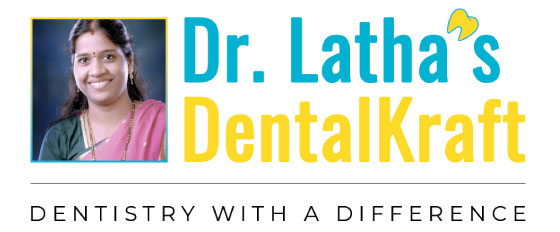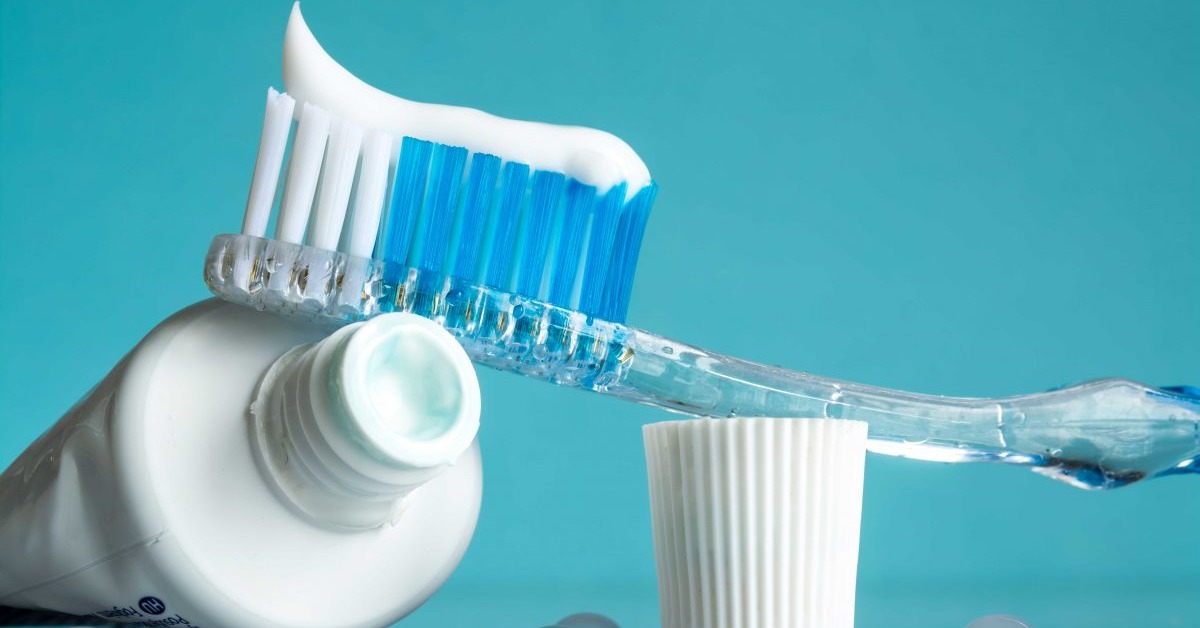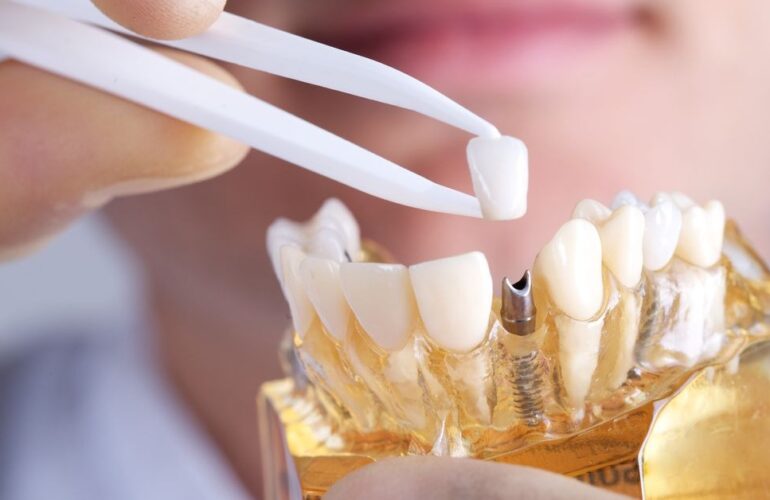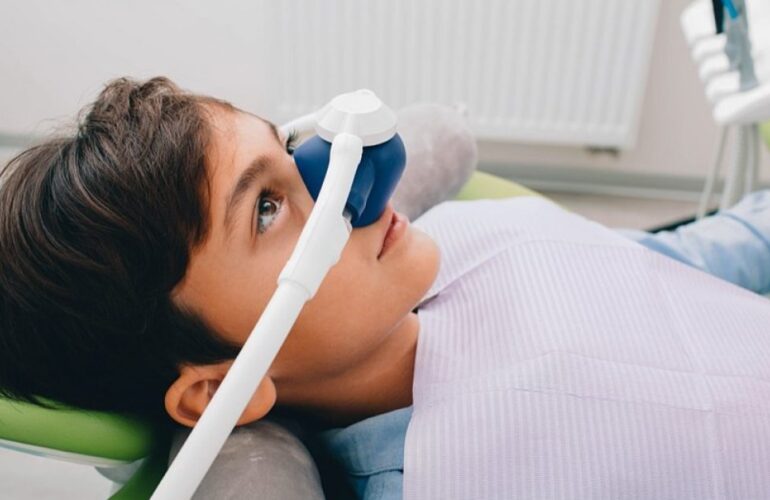How Did Fluoride Toothpastes Get a Bad Reputation?
When it comes to oral hygiene, selecting the right toothpaste is one of the most important decisions one can make. With a plethora of options available out there in the market, making an informed decision can prove to be more difficult than one might imagine.
In this article, we are going to examine the nature of fluoride toothpaste to help illuminate why they have got a bad reputation over the years.
What Is Fluoride?
Fluoride is a chemical compound found in the earth, with small amounts occurring in water, plants, and air. Almost all water has a certain amount of Fluoride, although the quantity varies depending on its source.
Although it is a naturally occurring compound in the environment, it would be a mistake to automatically assume that it is good to ingest. On the contrary, it can be poisonous when ingested in large quantities. When excess fluoride collects in the inside of the tooth, you can develop a serious condition called dental fluorosis. It is critical to ensure that your child’s oral hygiene is monitored and maintained regularly so that the possibility of developing fluorosis is kept at bay.
What Happens When You Get Dental Fluorosis?
We have already seen that an excess of fluoride deposits causes fluorosis. As a result, you might observe an alteration in the color of tooth enamel. In most cases, the discoloration shows up as distinct, tiny white specks or dark brown stains. In some cases, you may also see pitted enamel that may become difficult to get rid of at a later stage.
Teeth that are not affected by this condition are smooth, glossy, and creamy white. If you notice that your child has white streaks or spots, or if you find one or more discolored teeth, it is absolutely critical that you contact a dentist right away to avoid any long-term oral issues.
For several decades, dentists have measured the severity of fluorosis on the following basis:
- Questionable
Slight changes can be detected in the enamel, ranging from tiny white flecks to periodic but barely-noticeable white spots - Extremely Mild
Paperwhite spots, small and opaque, can be observed scattered over a small part of the tooth surface. - Mild
Slightly more extensive white opaque spots are observable on the tooth surface, but affect less than half of the area. - Moderate
White opaque spots affect more than half of the enamel surface. - Serious
Enamel surfaces are badly affected, resulting in teeth pitting that become discrete.
When Does Fluorosis Occur?
When children begin using fluoride toothpaste at a young age, especially below eight, they often tend to swallow toothpaste instead of spitting it out. In such cases, the likelihood of their developing fluorosis is high.
In most cases, the severity of dental fluorosis is low. In its more severe forms, the noticeable changes become distinct and are often difficult to fight at a later stage.
The following are measures that parents can take to prevent fluorosis:
- Closely monitor the brushing habits of children under 8 to ensure they do not swallow toothpaste.
- Use nothing more than a small amount of toothpaste between the ages of 3 and 6.
- Find suitable alternatives to fluoride toothpaste for young children.
- Schedule appointments with your dentist regularly.
Reducing the Risk of Developing Physical Ailments
Over time, bones and ligaments may weaken as a direct result of fluorosis. Therefore, fluoride-free toothpaste may help in preventing structural damage to occur in your body. Generally, fluorosis can develop at its earliest stages from the consumption of toothpaste.
So, what exactly is fluoride-free toothpaste?
Certain brands replace fluoride entirely with charcoal, clay, or baking soda. While these alternatives may not be as strong as the former in their bacteria-fighting properties, they will most certainly safeguard individuals against the risk of developing fluorosis.
Is it Advisable to Use Fluoride-Free Toothpaste?
From the perspective of a dental expert, fluoride toothpaste does help in promoting oral health, preventing bacterial build-up, and safeguarding your tooth against the risk of developing cavities.
However, you may also consider opting for fluoride-free toothpaste for children under the age of 8 to use; this is especially important for parents who are unable to monitor their children’s brushing habits.




